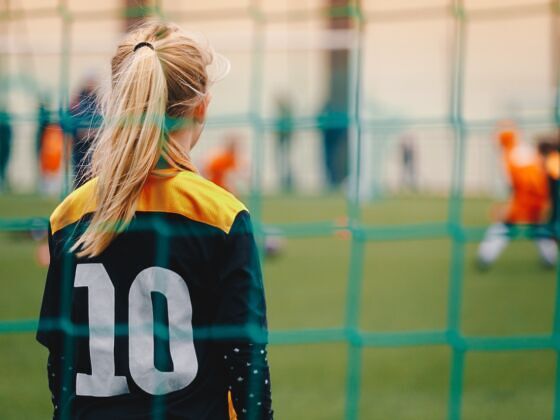FIFA, WE ALL KNOW BY NOW, IS a terrible, exploitative, corrupt organization that is mercifully being taken to task by the United States Justice Department. FIFA seems to have adopted the Fear and Loathing in Las Vegas approach to crime: go “to such excess that nobody in a position to bring the hammer down on us could possibly believe it.” The list of alleged crimes is truly staggering: Bribery. Corruption. Massive human rights abuses.
It’s easy to lose, in this gigantic mess of sleaziness and crime, another ugly aspect of FIFA’s reign: its rampant sexism.
